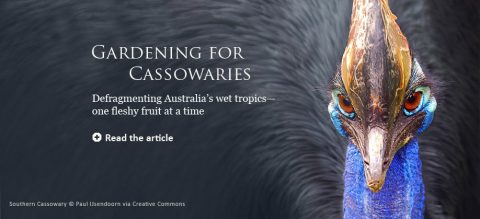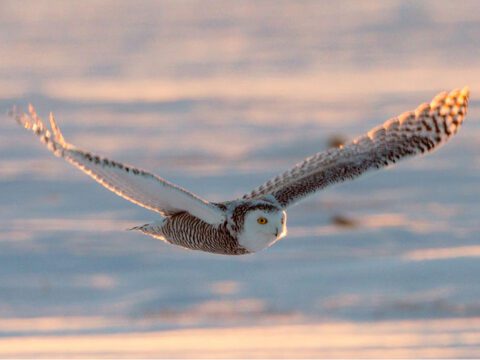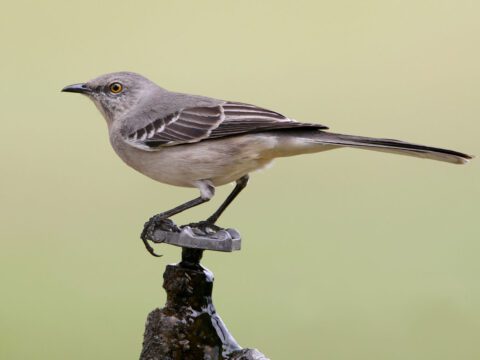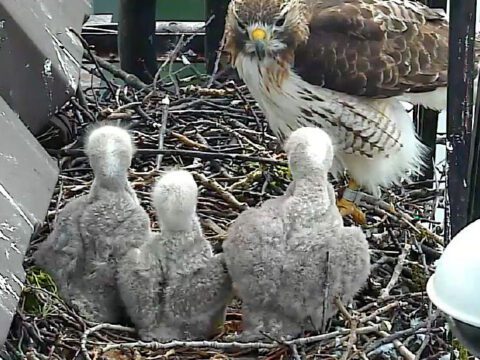Book Review: The Unfeathered Bird, by Katrina von Grouw
Reviewed by Stephen J. Bodio
April 15, 2013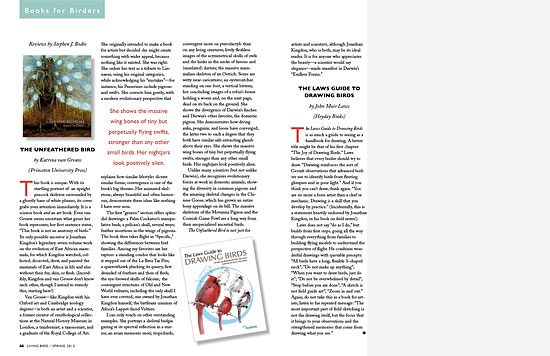
This book is unique. With its startling portrait of an upright peacock skeleton surrounded by a ghostly haze of white plumes, its cover grabs your attention immediately. It is a science book and an art book. Even van Grouw seems uncertain what genre her book represents; her first sentence states, “This book is not an anatomy of birds.” Its only possible ancestor is Jonathan Kingdon’s legendary seven-volume work on the evolution of East African mammals, for which Kingdon watched, collected, dissected, drew, and painted the mammals of East Africa in life and also without their fur, skin, or flesh. (Incredibly, Kingdon and van Grouw don’t know each other, though I intend to remedy this, starting here!)
Van Grouw—like Kingdon with his Oxford art and Cambridge zoology degrees—is both an artist and a scientist, a former curator of ornithological collections at the Natural History Museum in London, a taxidermist, a taxonomist, and a graduate of the Royal College of Art. She originally intended to make a book for artists but decided she might create something with wider appeal, because nothing like it existed. She was right. She orders her text as a tribute to Linnaeus, using his original categories, while acknowledging his “mistakes”—for instance, his Passerines include pigeons and swifts. She corrects him gently, with a modern evolutionary perspective that explains how similar lifestyles dictate similar forms; convergence is one of the book’s big themes. Her animated skeletons, always beautiful and often humorous, demonstrate these ideas like nothing I have ever seen.
The first “generic” section offers splendid drawings: a Palm Cockatoo’s manipulative beak; a pelican’s skull, several ways; feather insertions in the wings of pigeons. The book then takes flight in “Specific,” showing the differences between bird families. Among my favorites are her raptors: a standing condor that looks like it stepped out of the La Brea Tar Pits; a sparrowhawk plucking its quarry, first denuded of feathers and then of flesh; the eye-browed skulls of falcons; the convergent structures of Old and New World vultures, including the only skull I have ever coveted, one owned by Jonathan Kingdon himself, the battleaxe cranium of Africa’s Lappet-faced Vulture.
I can only touch on other outstanding examples. She portrays a skeletal budgie gazing at its spectral reflection in a mirror, an avian memento mori; tropicbirds, convergent more on pterodactyls than on any living creatures; lively fleshless images of the asymmetrical skulls of owls and the kinks in the necks of herons and (unrelated) darters; the massive mammalian skeleton of an Ostrich. Some are witty near-caricatures; an oystercatcher standing on one foot, a vertical bittern; her concluding images of a robin’s bones holding a worm and, on the next page, dead on its back on the ground. She shows the divergence of Darwin’s finches and Darwin’s other favorite, the domestic pigeon. She demonstrates how diving auks, penguins, and loons have converged, the latter two to such a degree that they both have similar salt-extracting glands above their eyes. She shows the massive wing bones of tiny but perpetually flying swifts, stronger than any other small birds. Her nightjars look positively alien.
Unlike many scientists (but not unlike Darwin), she recognizes evolutionary forces at work in domestic animals, showing the diversity in common pigeons and the amazing skeletal changes in the Chinese Goose, which has grown an entire bony appendage on its bill. The massive skeletons of the Movanna Pigeon and the Cornish Game Fowl are a long way from their unspecialized ancestral birds.
The Unfeathered Bird is not just for artists and scientists, although Jonathan Kingdon, who is both, may be its ideal reader. It is for anyone who appreciates the beauty—a scientist would say elegance—made manifest in Darwin’s “Endless Forms.”

All About Birds
is a free resource
Available for everyone,
funded by donors like you
American Kestrel by Blair Dudeck / Macaulay Library
